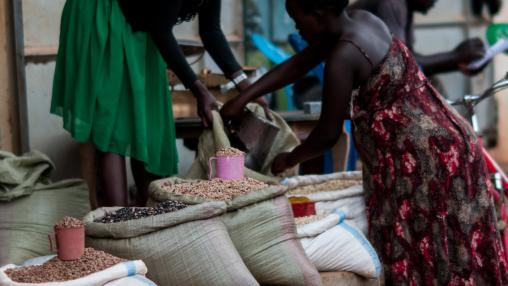
Multiple Pathways to Better Food and Nutrition Security: Evidence from Uganda
More than half of the adult population in Uganda is employed in the agriculture and fishery industries, with an estimated 36 percent engaging in subsistence agriculture. Despite the importance of agriculture to Uganda’s economy, however, the country continues to suffer from high rates of food insecurity. Small-scale farmers are often particularly hard hit by the cycle of poverty and hunger due to the vulnerability of their livelihoods to price shocks, extreme weather events, and other disruptions.
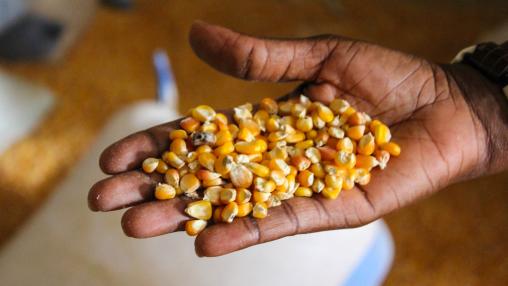
Battling Micronutrient Deficiencies in Senegal and Rwanda: Evidence from 2023 ATOR
Africa’s progress toward hunger and poverty reduction has faced significant setbacks in recent years. Multiple shocks, including global and regional conflicts and the impacts of the COVID-19 pandemic, have increased the prevalence of undernutrition and child malnutrition; in addition, significant micronutrient deficiencies persist in the region.
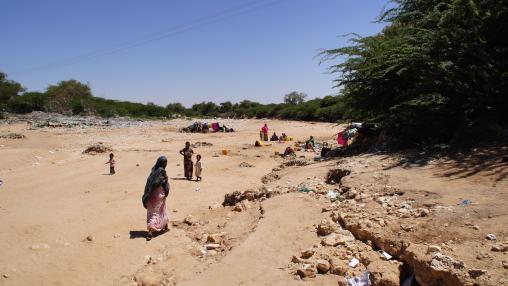
Climate Shocks Worsen Food Insecurity in Sudan, South Somalia
Extreme weather events are driving alarming rates of hunger and malnutrition in South Sudan and Somalia, according to a new series of reports from the World Food Programme (WFP). These trends are expected to continue into 2024.
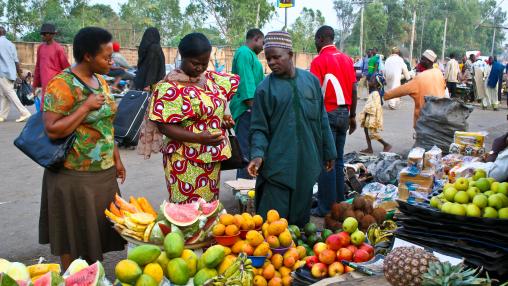
Launch of the Nigeria Food Security Simulator
The CGIAR Initiative on National Policies and Strategies Nigeria has released the new Nigeria Food Security Simulator. This Excel-based tool allows users to estimate short-term impacts of household-level income or food price shocks and related policy decisions on diets and food security in the country.
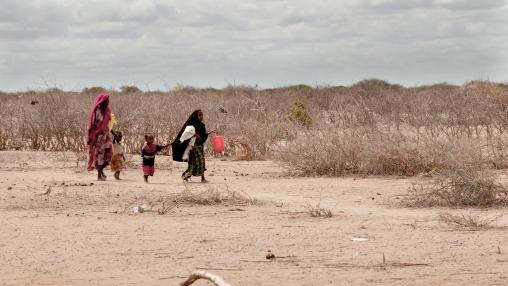
Global Report on Food Crises Midyear Update: SSA Continues to Grapple with High Levels of Acute Food Insecurity
While some countries in Africa South of the Sahara have seen improvements in food security in 2023, the region as a whole continues to be plagued by food crises, according to the Global Report on Food Crises (GRFC) 2023 Midyear Update. East Africa has been the hardest hit, with nearly 65 million people in the region having experienced high levels of acute food insecurity in the first half of 2023, up 8 million from 2022.
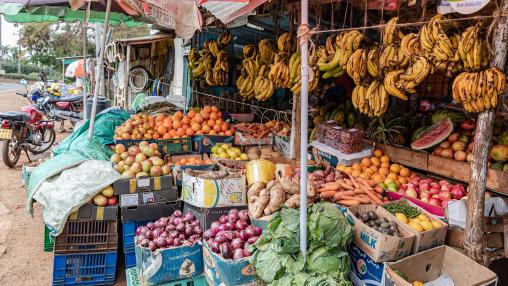
Webinar Insights: Policy implications for the growing supply and demand of nutrient-dense foods in Africa
The supply and demand of fruits, vegetables and animal products is often insufficient and too expensive for most consumers in sub-Saharan Africa. However, recent evidence suggests that both the production and consumption of these nutrient-dense products is rapidly growing. What are the policy implications of this? And what can governments do to stimulate more inclusive and sustainable domestic value chains?

Unlocking the potential of irrigation for improved nutrition in Ethiopia
Poor nutrition threatens health, exacerbates inequalities, affects economic productivity, and traps countries like Ethiopia in a vicious cycle of poverty. About 38% of children below the age of 5 in the country are too short for their age (stunted). This means that these children live in an environment that impairs their physical and cognitive growth potential. The impairment often begins at conception, as mothers’ diets can also be poor, affecting not only their health but also the growth of the fetus in the womb.
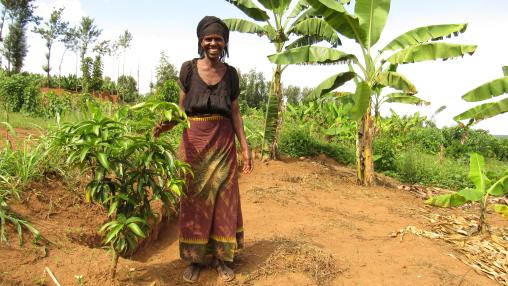
Agrifood System Transformation in Rwanda: Development Impacts
Between 2000 and 2019, Rwanda’s economy grew by over 7 percent annually. This rapid and significant expansion was driven in part by transformation in the country’s agrifood sector. A recent project note by IFPRI’s Rwanda Strategy Support Program examines that transformation, particularly how the growth of different agrifood value chains has impacted poverty reduction, hunger and nutrition, economic growth, and employment in the country.
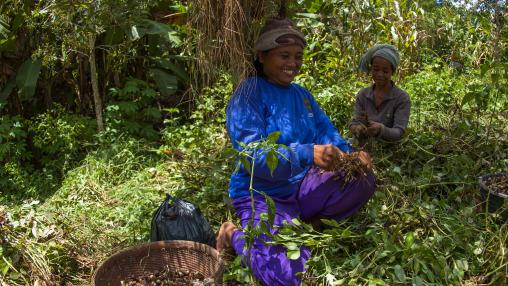
Climate-Smart Agriculture in West Africa
The challenges of climate change and food security are closely intertwined, with agriculture both driving and being impacted by extreme weather events. Policymakers around the globe are faced with the need to increase food production to feed growing populations while reducing that production’s negative impacts on the environment. According to a recent article in Global Environmental Change, climate-smart agriculture (CSA) provides an effective way to enhance countries’ climate resilience while simultaneously ensuring food and nutrition security.
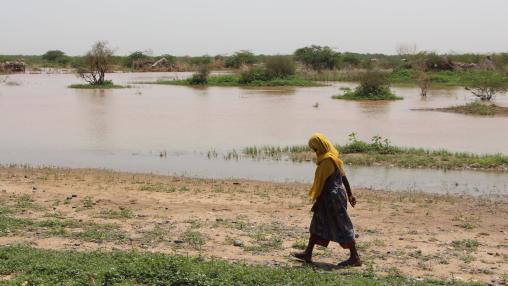
122 Million More People Were Hungry in 2022: 2023 SOFI Report Released
The number of people facing hunger around the world has increased by more than 122 million from 2019, according to the newly released annual State of Food Security and Nutrition in the World (SOFI) report, , a joint publication by the UN Food and Agriculture Organization (FAO), International Fund for Agricultural Development (IFAD), UNICEF, World Food Programme, and World Health Organization (WHO).